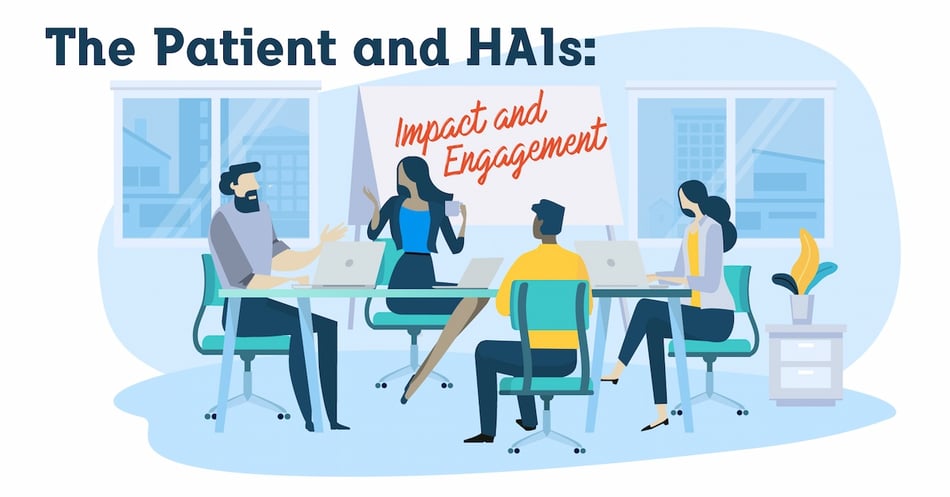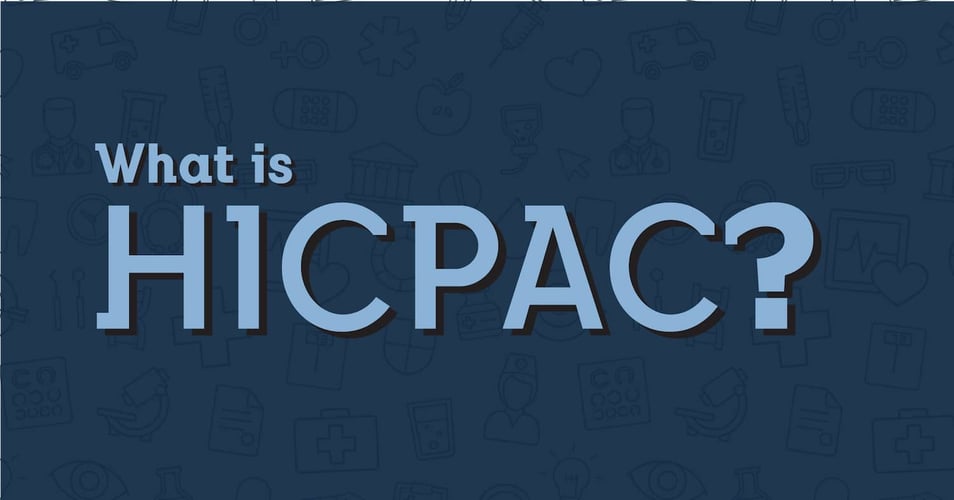The Patient and HAIs: Impact and Engagement

Two interesting studies examine the patient's perspective in hospital acquired infections. The patient experience happens to be an overlooked area in research, despite the valuable insights that these individuals can provide. In today's post, we'll look at what these two important studies reveal about the patient's personal experience and how to engage the patient more in HAI research.
The first study is a qualitative systematic review examining published research on the patient experience along four themes: 1) Emotional/physical response, 2) response by HCWs, 3) adapting to life with an HAI, and 4) the cultural context of HAIs. Here are some major findings:
- Patients who learned of their diagnosis directly from an IP staff member reported a more relaxed response and more reassurance about their discharge back home.
- Patients experienced less frustration or shame when the medical staff they interacted with had an understanding of infection and colonization.
- Patients with a Clostridium difficile infection (CDI) were particularly likely to report feelings of embarrassment, anxiety and depression related to their condition. They were also much more likely to report distress about how long the condition would last and when it would recur.
- Consistent across all the studies was the isolation felt after discharge. The researchers believe that the time needed for recovery and return to normal life has been greatly underestimated. Some patients, particularly with infections that could return (MRSA, CDI), felt that their work prospects could no longer involve health care or childcare, or other occupations that involved significant interpersonal contact.
- Overall, a lack of understanding and knowledge about HAIs proved to be a significant obstacle to patient emotional well-being. Either they did not know enough and filled in the gaps of their knowledge with stress and worry, or they interacted with individuals who did not understand their condition and overreacted to the need for isolation.
The second study looked at how to involve patients more in HAI research in a process called "stakeholder engagement". Through a case study approach, the researchers asked patients and caregivers to participate alongside IP professionals to discuss and refine topics selected for possible research and implementation. At the University of Wisconsin's Patient-Centered Outcomes Research Institute (PCORI), the gathered stakeholders established a research agenda that focused on four themes: 1) optimizing patient preparation for surgery, 2) hospital environments and equipment as critical sources of infection, 3) compliance with and impact of gowning and gloving protocols, and 4) the significance of lab testing and antimicrobial stewardship.
While the PCORI continues to meet with stakeholders to fill out this research agenda, their case study on engagement reveals some lessons for other facilities hoping to accomplish a similar collaboration. They recommend using already existing toolkits, resources, and even consultants to help guide the process more efficiently. While established rules and goals are highly recommended, the researchers also encourage leaders to remain open to new opportunities and be flexible to accommodate unique group attributes and funding opportunities. The researchers emphasize careful recruitment and selection of participants to include a balanced representation of the patient population, as well as setting cultural understanding as a priority for facilitators. In addition, careful planning of activities can help groups of blended stakeholders (physicians, researchers, patients, caregivers) work together as equals.
We are excited to see a growing body of research asking patients to speak up about their experiences with HAIs. Perhaps hearing more voices describing the life-changing impact due to an avoidable infection will encourage faster changes within the healthcare industry to reduce HAIs. It is also a wonderful trend to see more and more research about engaging patients as valuable stakeholders in healthcare, both for research and policy decisions. With everyone listening and learning from each other, together we can truly make a difference for future patients.
Editor's Note: This post was originally published in August 2019 and has been updated for freshness, accuracy and comprehensiveness.
![EOScu Logo - Dark - Outlined [07182023]-01](https://blog.eoscu.com/hubfs/Eoscu_June2024/Images/EOScu%20Logo%20-%20Dark%20-%20Outlined%20%5B07182023%5D-01.svg)

![[infographic] What are HAIs? Download and share!](https://no-cache.hubspot.com/cta/default/216314/interactive-179239629650.png)



